
Perhaps the worst possible way to transmit video would be to send all pixel data in parallel. That’s exactly how [Gebhard Sengmüller’s] parallel image device works. To be fair, this is an art piece called “A Parallel Image” that addresses the concept of where we would be if serial data transmission had never come to fruition. The brochure (PDF) accompanying the exhibit gives the juicy details we’re always looking for.
The device consists of a photo sensor unit and a display unit. Both are one-square-meter stripboard panels made of epoxy. The sensor unit consists of a 50×50 grid of photo-conductors that have their counterparts in the 50×50 grid of light bulbs on the display unit. Things start to get pretty crazy when you throw in the 7500 meters of magnet wire that connect the 2500 pixel sensor unit to the display unit.
You should be able to put together how this works. The sensors pick up light and then effect the brightness of the corresponding light bulbs. The result is an interesting image, and a nightmare of wire porn that would drive any TV repairman to drink.
[youtube=http://www.youtube.com/watch?v=gtRwgwX1Q5k]








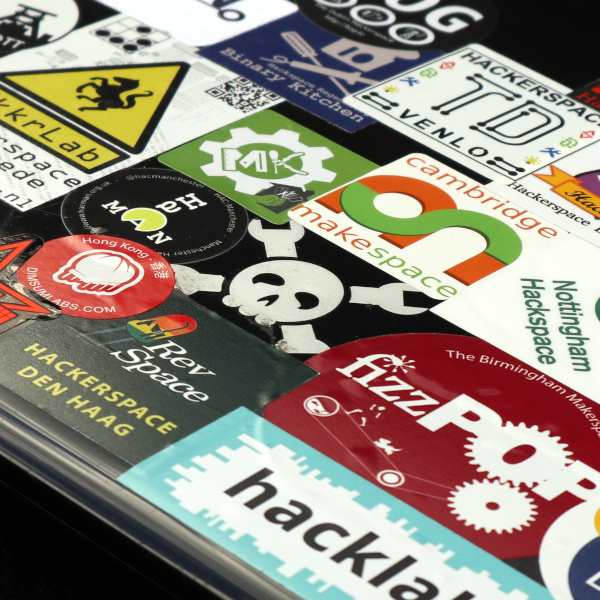
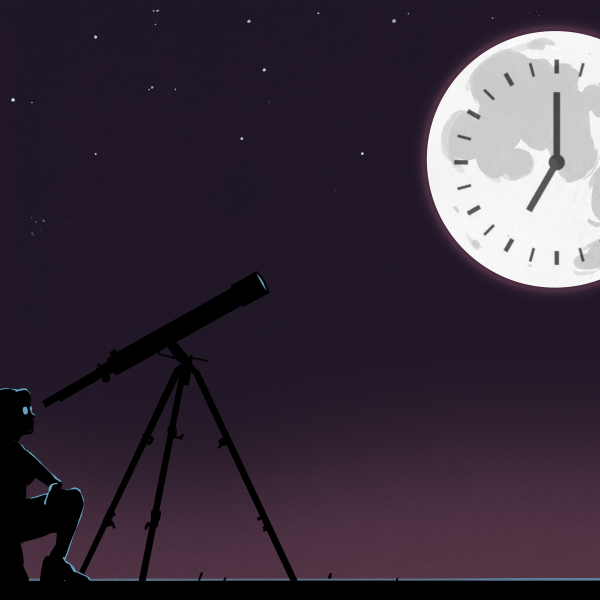
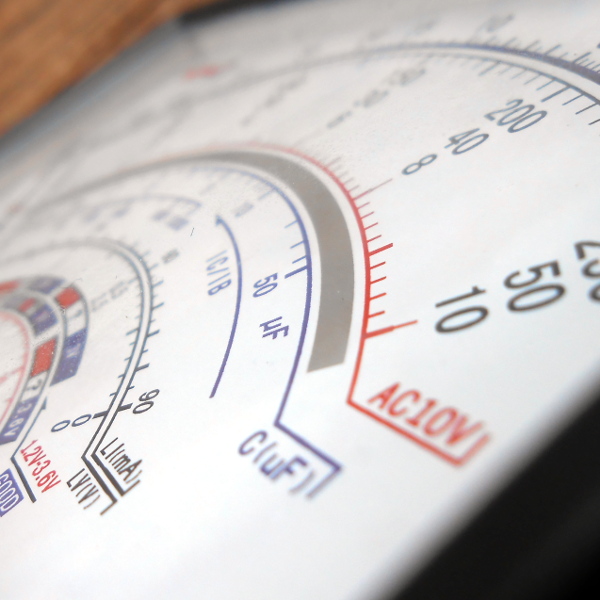

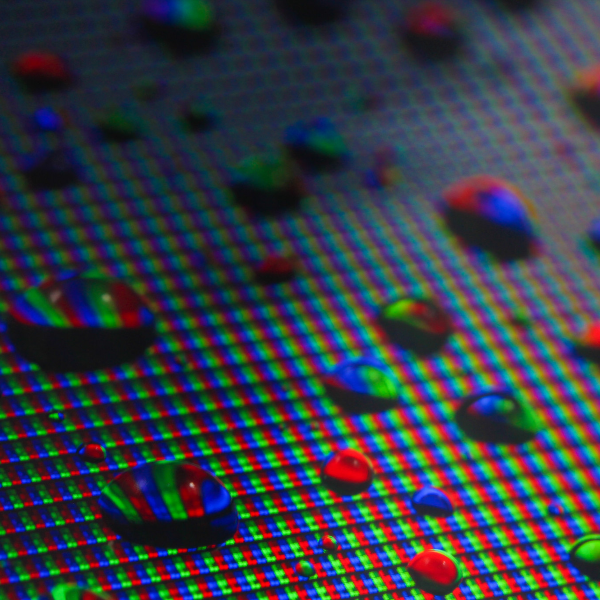

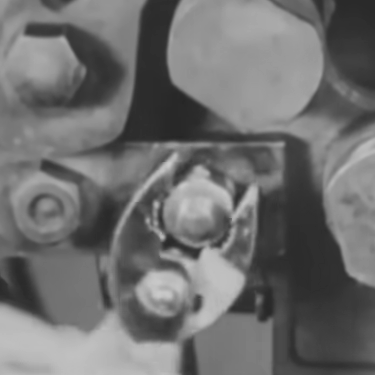

THAT IS AWESOME!
Could be worse, it isn’t component video. They could have four wires for each pixel instead of just one.
I love how even in the demo video there are already a half-dozen burned-out bulbs. Time for another round of scotch!
holy crap! next make one in color
The picture is misleading. You should show the ouput, not the input.
Also, today’s posts so far are the best in a while.
“if serial data transmission had never come to fruition”
How could that possibly be the case?
What happens when the next frame is displayed?
in a sense, it doesn’t really do frames.
Each pixel is its own signal, not affected at all by adjacent ones. this isn’t so much a display in the conventional sense as it is several thousand lights each wired to several thousand individual photodetectors.
Think of it as like an electronic version of an insect’s compound eyes. Each detector-pixel pair can only detect and reproduce brightness, but bunched all together, they form an image.
At last a system without vblank tearing. Just insanely good, I love it.
nicely done. A bit more refinement and it’ll be that predator style of invisibility.
I SEE DEAD PIXElS
affect is a verb, effect is a noun
It’s a cool project (and piece of art) as is, but it would be pretty nifty if it was fiber optic
“affect is a verb, effect is a noun”
Of course, neglecting the fact that “effect” is also a verb.
And “affect” is also a noun.
But they’re used in completely different ways. Sorta like ‘insure’ and ‘ensure’, ‘stationary’ and ‘stationery’, ‘confectionery’ and ‘confectionary’
Homonyms are fun (and pseudohomonyms), aren’t they?
In this case, “affect” is the right choice. Nonetheless, it’s pretty easy to understand the meaning.
Betamax via DHL.
This is actually useful. Get one of those LED projectors like the shACK had for $99, focus it on a small array of fiber optics, and run to a larger screen.
If that was mine i would call over a tv repairman every time a bulb burned out, Wouldnt be the first person ive made hate me :P
And here I wanted to make a system that records each individual pixel on a seperate cassette tape. That way it’s digital over space but analog over time, unlike ordinary film which is analog over space but divides time up into discrete slices.
Fiber optic would be cool, especially since real optical fiber (none of that plastic stuff) without insulation is about the diameter of a hair.
This is not the worst way, there was mechanical transmission technique that for a slight moment was the actual competitor for what was then transmission television. It consisted of a disk with holes that were constantly spinning. A more detailed rundown can be found here, http://en.wikipedia.org/wiki/Mechanical_television
Beyond nearly impassible technilogical transmission hurdles came problems on the recieving end where the signal could not surpass a six inch round viewing circle without exponentially increasing the recieving disk. It was discovered that to have a 12 inch circle of viewing field required that the recieving disk be in excess of six feet. Which would effectivly kill any type of large screen viewing.
Also the picture transmission was effectively black and white or more commonly red and black. Any type of bright light at either the transmitting or receiving end will completely erode the picture quality. Also sound transmission was not possible. Other drawbacks were a very narrow field of view and the ability to only capture one subject at a time. Any other subject would not be recorded and would simply become a haze of light out of focus to the viewer.
Amazingly this technology is still trying to be developed in spite of better recording techniques. This type of transmission may be of use to radio people who are trying to transmit packets, in which it may yet still find a use. It is not likely to take hold due to the large equipment sizes required to compete with its digital competitors.
Plus no one who has children or pets would want a 36,000 rpm cheese grater in their living rooms.
Perhaps with a few arduinos this technology may yet have salvation. “So sorry, I know it is getting old, but I wanted my shot at it too.”
I dont know, it is a beautiful art no questions about but doest it belong here ?
Um, where is the arduino?
Coherent fiber optic bundles used in endoscopes and such fall under this description, and I would hardly call it the “worst way”. More like using the proper tool for the job. They’re pretty awesome imho.
@Lionel: Excellent point regarding the endoscope, but I think technicians everywhere are grateful that TV engineers didn’t decide parallel was the proper tool for the job when it came to television.
Looking at all those wires both excites and frightens me. It’s so beautiful, but I think suicide rates would go up rapidly for those in the TV repair business.
Wouldn’t you hate to be the tech in that company when they say “The product is a hit, lets go into mass production”. First thing to do is buy about 100 new punch down tools and call the insurance company about carpal tunnel claims.
Greycode> mmm, high speed spinning large disk + mechanical failure = “hello neighbors ! Can i Get my disk back ? Sorry about the wall, by the way …”
:p
I see dead pixels too :-)
Even more scary, living pixels: http://www.youtube.com/watch?v=vl6mmBvT24g
Put an IR filter before the photo sensors, make it a night vision!
saw this live at ars electronica in linz.. the heat from 2500 light bulbs is pretty intense :-)
I don’t know about anyone else but I’m reading this over my morning coffee and my felt my eyes go through three distinct levels of bugging out as I realized what I was looking at.
Luckily I had the sense to put down my cup before backing away in sheer horror at the thought of how fragile that setup is.
It’s beautiful like a snowflake: Enjoy it for what it is while it is in whatever state you catch it in.
Also: If the guy leaning in and touching the wires is anyone other than the creator himself he needs to be hit with a shoe.
I’m sitting here yelling “Get the hell away from there man! NOOO DON’T TOUCH IT YOU *&%((%%$%%!!!”
The scanning disk system doesn’t spin the disk once per line, it’s once per frame so it would only spin at 60 RPM (and more typically in real systems that were actually built, 25 to 30 RPM). The disk would have one hole in it for each scan line, spaced evenly around the perimeter at varying distances from the edge to scan different lines, which is why the disks had to be so big. Using equipment like this moving pictures were transmitted as early as the 1930’s, using vacuum tube photodetectors and neon lamps for the rapidly modulated output.
When I was in high school they had an even then very old “introduction to electronics” book based on tube electronics. The biggest LOL was the chapter proving that practical TV was impossible due to the limitations of the photodetector and neon lamp. Of course, this was in the 1970’s, and the secret ironically enough is that in the CRT the detectors and display ARE handled in parallel, they’re serialized for the electronic transmission which can handle the bandwidth.
This is a bit of a blast from the past. This was actually tried in a commercial sense at least once.
http://blog.modernmechanix.com/2005/12/28/living-shadow-dances-on-giant-electric-sign/
k
Arrrrgh, RPS so 3600 / 1600 RPM, still not 36000.
WOOOAAAAHHH!
Agreed, sarsface
D@mn grammar Nazis are messin with my tech watching. Stop it…
Stop it!
For localroger, I had assumed that you would want to compare the best of the scanning disk systems to give us a somewhat comparable viewing system, which would have be Scophony systems which not only do indeed use the 36K rpm disk but two additional disks spinning at slower speeds. If you want to use the base mechanical systems scan rates then yes it slower. But the slower your scan rate, and it is a scan not a entire frame taken at once, the lower your resolution as well as degrading motion capturing.
The mechanical still is a horrible method, as at least when you had your wiring done, it would theoretically be done. I think there could have been better use with a fiber optic bundle though. But a mechanical system has moving parts, and even optimist will have to admit that moving parts will fail. I am sure many of you have had box fans, CPU cooler fans and power supply cooling fans fail. This was even at its worst a single wheel that if anything happened to the spin rate, it would fail. It could not speed up, slow down or stop.
Beh, just wanted to show you guys other examples of television that were dismal failures as well. I think this was a spectacular failure.
If we used these, imagine the size of a 720p res screen!
@Greycode-
Have you actually *seen* a mechanically scanned image, circa late 1920’s? The brain’s ability to integrate means that 30 or 31 line pictures actually look surprisingly good.
I’ve actually built a few “televisors” and while, for the reasons you cite, this couldn’t compare with television on a CRT, it is orders of magnitude more practical than any kind of wire-per-pixel scheme.
Contemporary experiments have built color versions using LEDs that look fantastic. Check into the Narrow Bandwidth Television Association for more information.
http://www.nbtv.org/
FYI: The BBC had regular broadcasts of television material years before electronic television appeared. When do you suppose the first television “special” was recorded by a viewer at home? 1970’s? 1960’s? Try early 1930’s. The recording was made on an aluminum phonograph disk. The program material… chicks, what else! Somebody wanted a keepsake of the Paramount Astoria girls dancing!
They should have found a way to use glowing fibers instead. I do love it though (although its bullshitty explanation in the brochure is pretty lame.)
Back in the 1800s, before TV (obviously), there were a string of hoaxes where individuals claimed to be able to transmit an image from one mirror to another using wires. One person started the hoax, and claimed a reasonable number of wires, then other’s joined in… each claiming a reduction in the number or wires required to transmit an image. The funny thing is… This article is basically exactly what the hoax was claiming. And it took over 100 years to get a REAL version. Science is cool.
anyone else noticed Sinead O’connor at page 12 of the brochure?
It works, so it’s definitely not the worst method. I’ve personally made more than a few worse systems ;-)
Besides just video can you imagine what the world would look like if we never did discover serial data ? Computers would still be huge. Forget USB, you would have all parallel cables connecting all your mouse or keyboard. HDMI ? hah you would have a cable the size of your arm to connect from your 2 foot tall DVD player.
Monster cable would love this idea !
Looks like something that should be in Bioshock 2.
Anyone else get that odd, burned-in afterimage effect? Other than that, eh… it’s ok for a hack.
aahahah i read this and instantly searched the page for people (wrongly) noting “affect”
http://xkcd.com/326/
kudos, hackaday !!
@tr0nk: Ha, I missed that episode of xkcd.
But I get this wrong all the time. In fact, I’ve got it bookmarked and still have to go look pretty much every time.
ok actual on topic post:
this reminds me a lot of this piece that used to be at the MIT museum, along side mass ave.
it was a giant board of LEDs, such that anyone walking by it on the street would be rendered in lo-def “bluescale” (well, grayscale with blue LEDs). it was hard to tell what it was doing unless you saw it from traffic or really paid attention close up
what was cool was it’d also pick up the traffic driving by
someone help me out with the name of that thing if you know what i’m talking about..